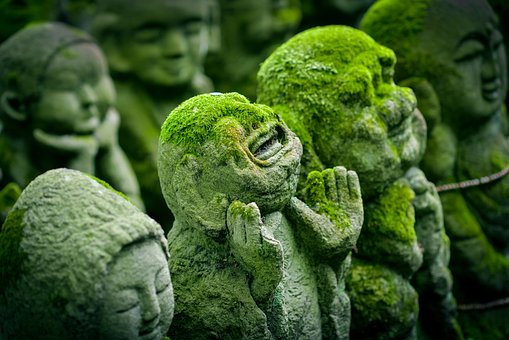At 4:30 in the morning, when most of Bogotanos sleep, in the San Francisco de Asís parish the bells ring, the carols and the tambourines, while hundreds of families gather to make the traditional Christmas bonus novena around a manger that, more than an altarpiece with sheep, means the birth of hope.
The novena is one of the most beloved religious traditions in Colombia. When it comes to remembering the birth of the Child Jesus, families gather and through songs and prayers celebrate the arrival of the King of Kings.
For more than 100 years, the San Francisco de Asís temple, located in the center of Bogotá, has kept a sensitive and gratifying tradition, which has been passed down from generation to generation: children, young people, adults and the elderly strengthen their fidelity to the manger every December. , its history, its meaning and its teaching.
There is no valid excuse, from December 16 to December 24, every year this temple opens its doors before 5:00 in the morning to receive its parishioners.
for two centuries
According to Fray Juan Camilo, organizer of the novenas, the morning religious meeting in Bogotá is a practice that has been maintained since the mid-19th century and since then hundreds of families have carried it rooted in their memory.
In Colombia it began at that time in Cali and Popayán, then in Bogotá and since then it has taken root as a traditional religious gathering.
“The first thing that is done is to pray the holy rosary at 4:30 in the morning and at the time of the Eucharist the novena is performed, which has some particularities, because it is not a novena as all churches do. In ours, the prayers we have known since childhood are said, but ours has a new manger every day, because it is built according to the prayer that corresponds to the day of the novena. In addition, at the time of the procession we carry the cradle of the Divine Child and in front of it there are some ribbons that each child takes by the hand and makes a kind of opening in the middle of the procession. It is beautiful because between songs and jubilation devotion and faith are demonstrated. Everything is done inside the temple and the church is filled with people from all parts of the city”, says Fray Juan Camilo.
For nine days the church of San Francisco is exalted by the presence of believers. Every morning hundreds of families come as if it were the real arrival of the son of Mary, although they know that the true birth is in her hearts.
This is a tradition that is enriched on December 24 at dawn, when the procession reaches the Plaza de Bolívar. There the families raise their prayers and under the stars they demonstrate their spirituality and faith. At that hour of the morning in the center of Bogotá there is no cold or sleep for these people. They surrender to the fervor of the moment.
“It is a novena that people love. From very early we see young people, grandparents, couples and children arrive looking to be part of the religious act. This novena has become a tradition for Bogota families and they not only come from the surrounding neighborhoods but from the entire city”, he highlights.
In the temple, one sees men and women who were once children and were initiated into the world of spirituality, people who came here as children and bring their children.
His story
All this Christmas spirituality of the San Franciscan community was born in Italy. It was the thirteenth century and it was at that time that the first manger was made to represent the birth of Jesus. From that event the parishioners followed his example and San Francisco became a great promoter of Christmas spirituality.
He arrived in Colombia through Fray Fernando de Jesús Larrea, who was an Ecuadorian religious and dedicated himself to preaching in places like Valle del Cauca, Cundinamarca, Boyacá, Santander and Tolima. His work in these lands was significant, since he was the founder of the College of Missions of San Joaquín de Cali, in 1757. Father Larrea is also noted as the author of the vocabulary of the general language of the Putumayo and Caquetá Indians.
But it was in 1743 when he wrote the now famous Christmas bonus, commissioned by the founder of the Colegio de La Enseñanza in Bogotá, Doña Clemencia de Jesús Caycedo Vélez. Her first appearance was in Quito, under the name of the Ninth of the Child.
In the first half of the 18th century, this religious began to compile various spiritual experiences that had been lived around Christmas and synthesized them into a novena.
“Father Larrea’s novena expanded in a very special way in Venezuela, Colombia and Ecuador, although it is also done in some other countries,” he explained.
“In the beginning, the nativity scene was mobile, that is, San Francisco did not make a nativity scene with wooden images but with actors representing the nativity scene and that evolved over the years. Then, it was very difficult to make a nativity scene with actors and therefore images were used. When that leap from the live manger to the manger with images is made is when the families begin to gather around them to pray and prepare for the birth of Saviour”.
So, beyond the Christmas party, the tree and the manger, the fritters and the custard, there is devotion, clinging to a tradition that has meant union between families and enjoyment of the Christmas bonus.
Perspective. St. Francis of Assisi Novena, encounter with spirituality

